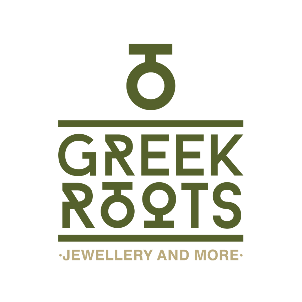Home / Collections / Byzantine / Necklaces
Showing 1–16 of 42 resultsSorted by popularity
Sort by
Material
- 18k gold plating (1)
- enamel (21)
- gold (3)
- gold plated (29)
- sterling silver 925 (39)
Design
- Egg (25)
Stone
- emerald (1)
- lapis lazuli (1)
- mother of pearl (1)
- pearl (2)
- sapphire (1)
- swarovski (3)
- zircon (4)
Filter by price
Stock status
-15%
-15%
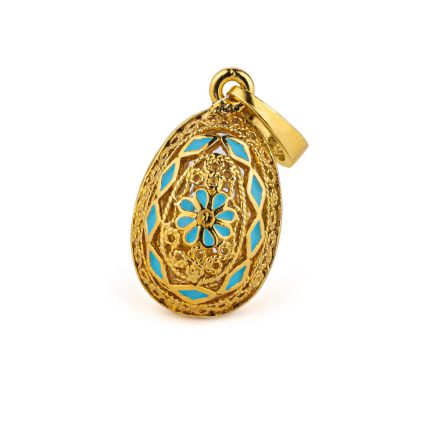
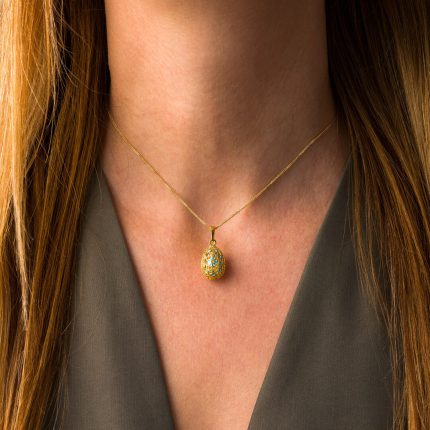
Select options
This product has multiple variants. The options may be chosen on the product page
Rosette Filigree Egg Pendant Necklace – Sterling Silver Gold Plated Enamel
-15%
-15%
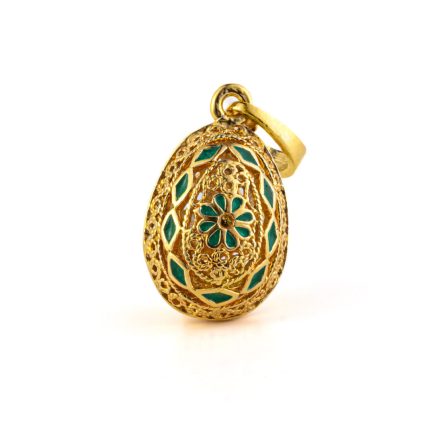
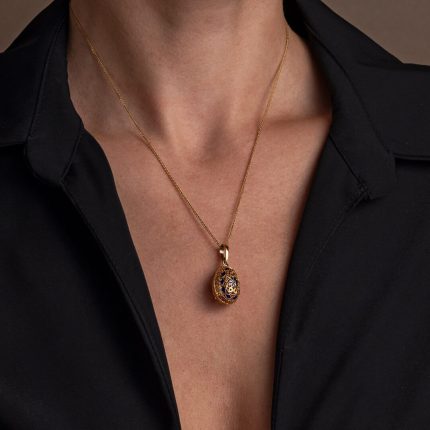
Select options
This product has multiple variants. The options may be chosen on the product page
Rosette Flower Egg Pendant Necklace with Enamel
-15%
-15%
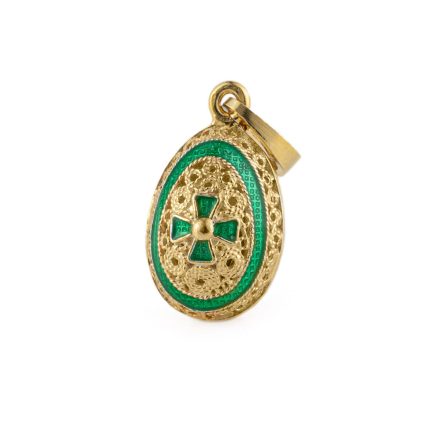
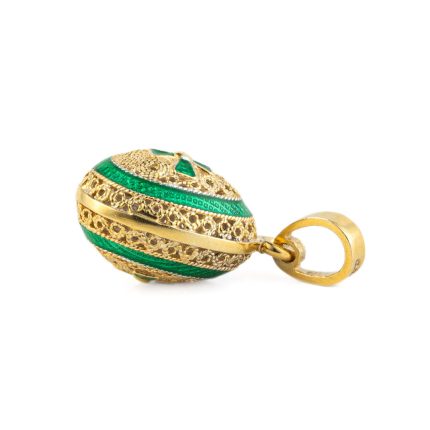
Select options
This product has multiple variants. The options may be chosen on the product page
Cross Egg Silver Pendant Necklace with Enamel
-15%
-15%
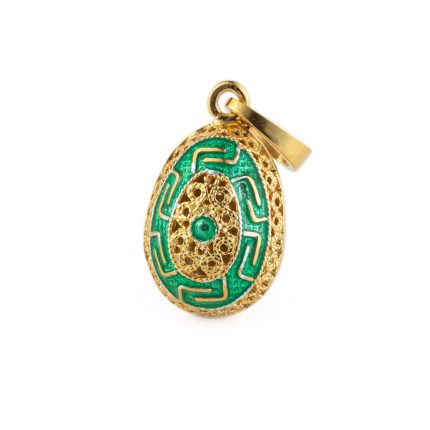
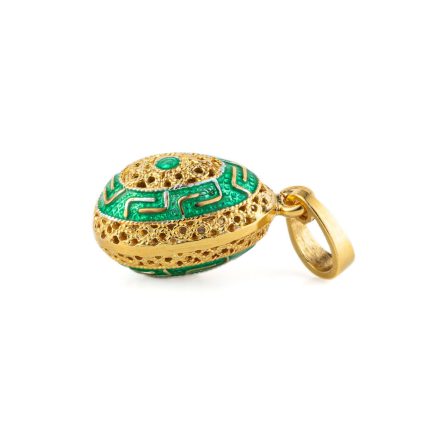
Select options
This product has multiple variants. The options may be chosen on the product page
Greek Key Egg Pendant Necklace in 925 Sterling Silver
-15%
-15%
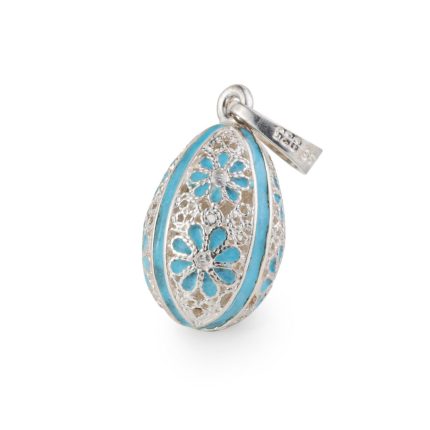
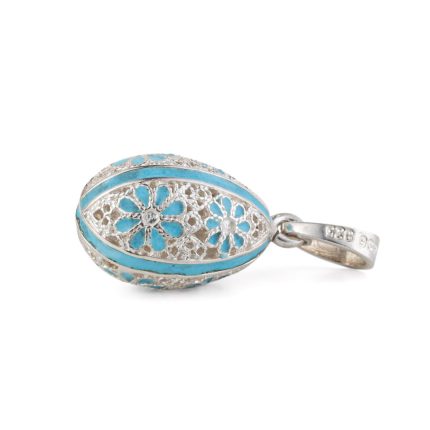
Select options
This product has multiple variants. The options may be chosen on the product page
Flowers Egg Pendant Necklace – 925 Sterling Silver
-15%
-15%
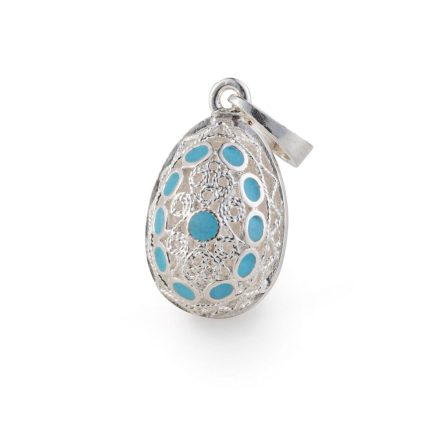
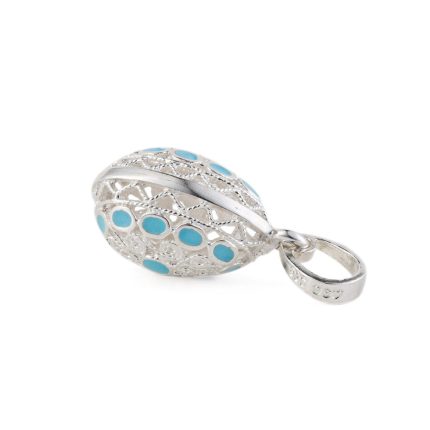
Select options
This product has multiple variants. The options may be chosen on the product page
-15%
-15%
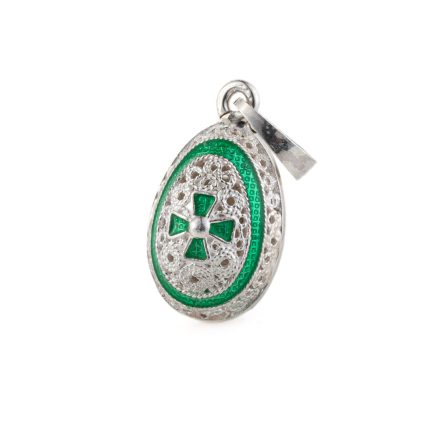
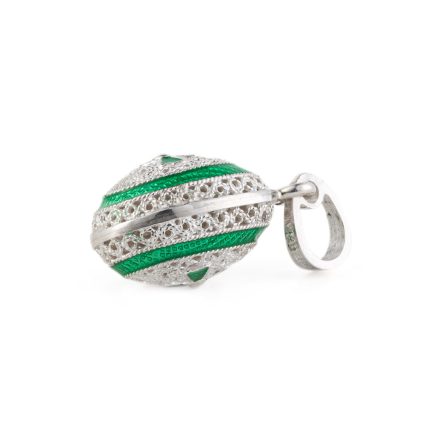
Select options
This product has multiple variants. The options may be chosen on the product page
-15%
-15%
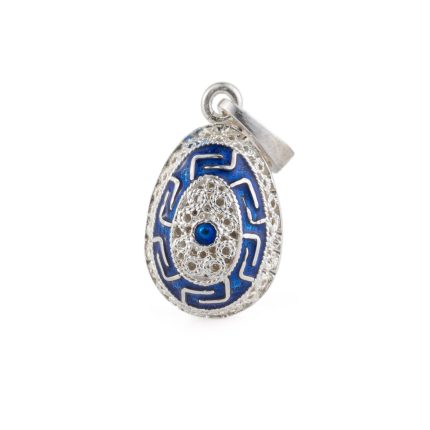
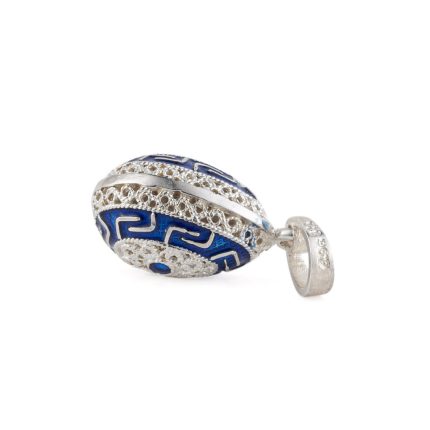
Select options
This product has multiple variants. The options may be chosen on the product page
-15%
-15%
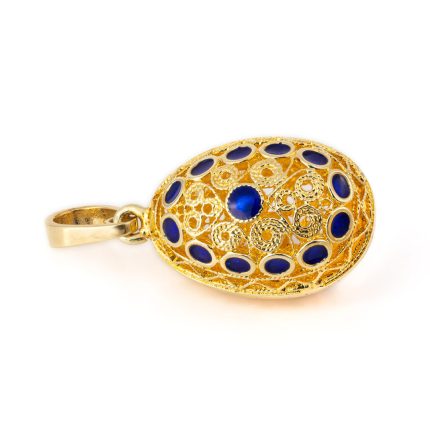
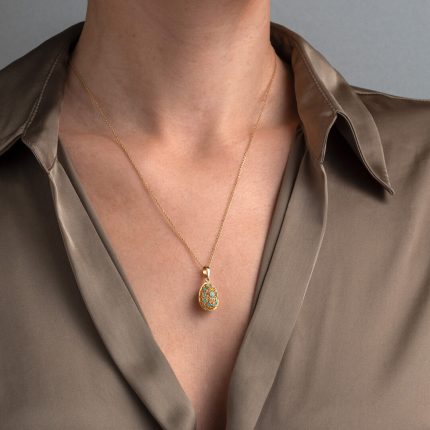
Select options
This product has multiple variants. The options may be chosen on the product page
-15%
-15%
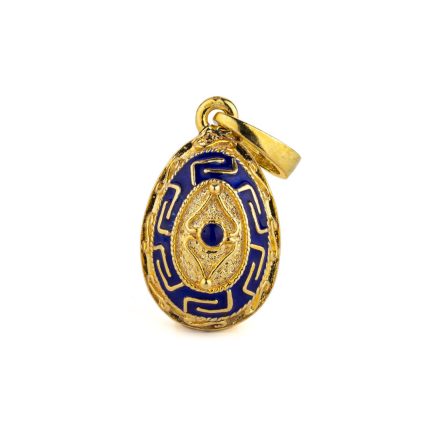
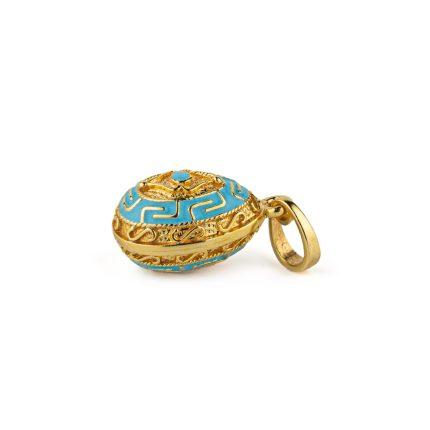
Select options
This product has multiple variants. The options may be chosen on the product page
-15%
-15%
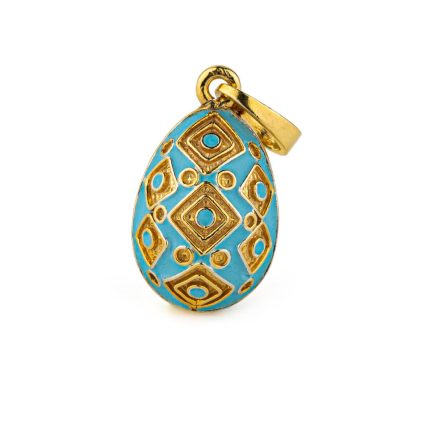
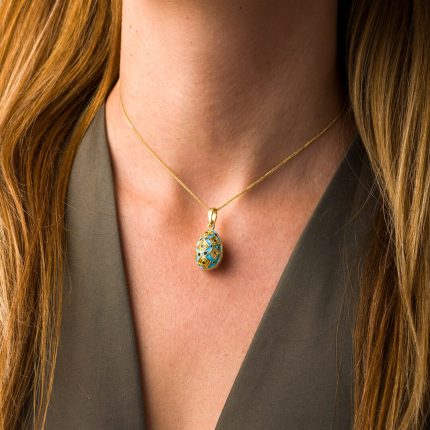
Select options
This product has multiple variants. The options may be chosen on the product page
Egg Enamel Pendant Necklace with Square Motifs – Sterling Silver Gold Plated
-15%
-15%
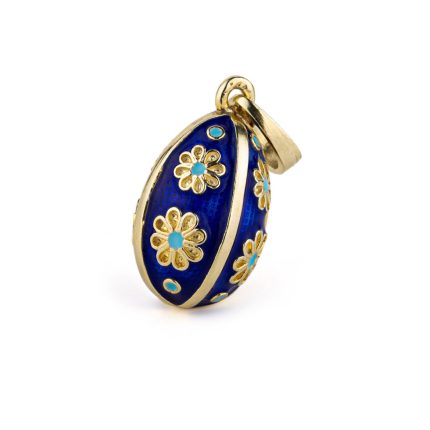
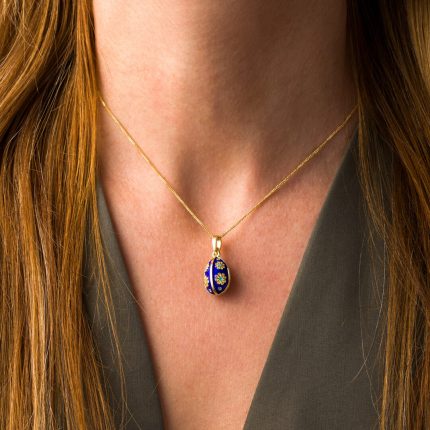
Select options
This product has multiple variants. The options may be chosen on the product page
Egg Pendant Necklace with Flowers – Sterling Silver Gold Plated and Enamel
-15%
-15%
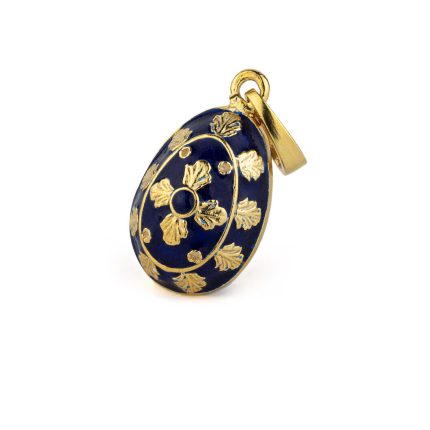
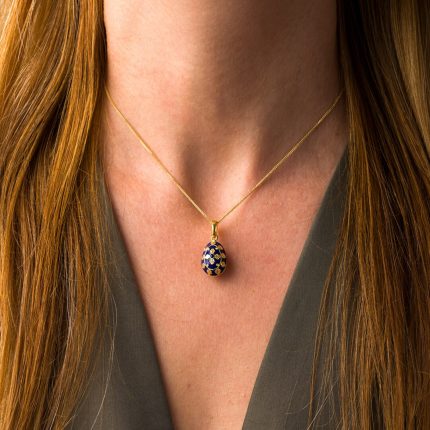
Select options
This product has multiple variants. The options may be chosen on the product page
Egg Cross Pendant Necklace with Enamel – Sterling Silver and Gold Plated
-15%
-15%
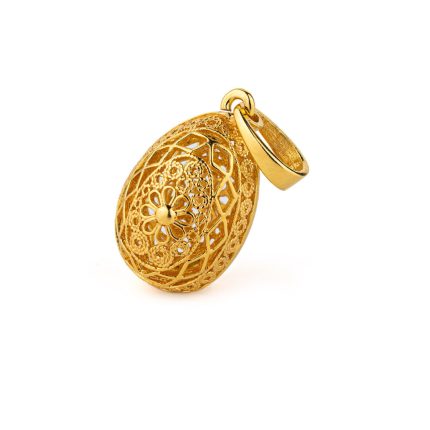
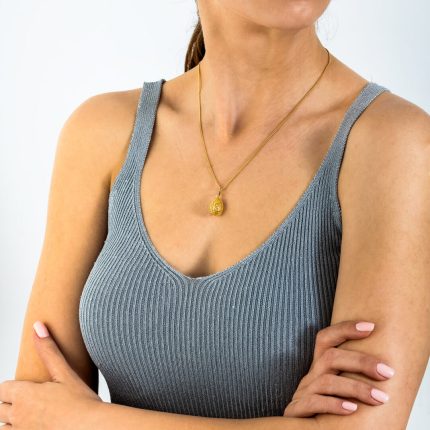
Select options
This product has multiple variants. The options may be chosen on the product page
Rosette Filigree Egg Pendant Necklace – Sterling Silver and Gold Plated
-15%
-15%
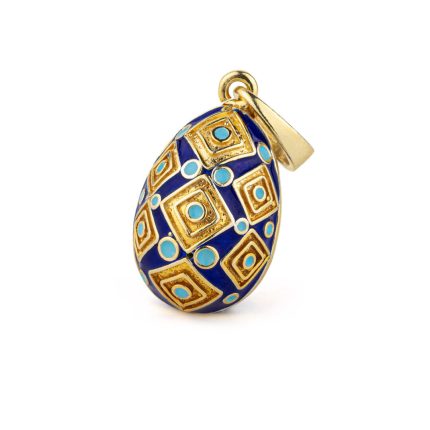
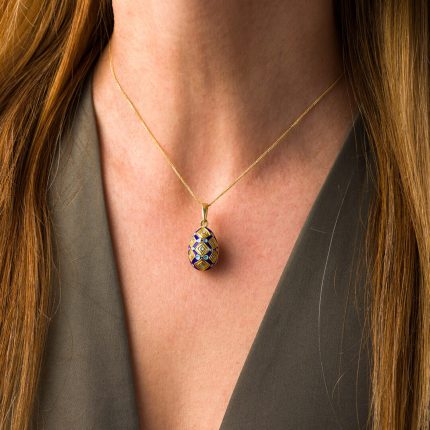
Select options
This product has multiple variants. The options may be chosen on the product page
Egg pendant necklace with Square Motifs – Sterling Silver Gold Plated with Enamel
-15%
-15%
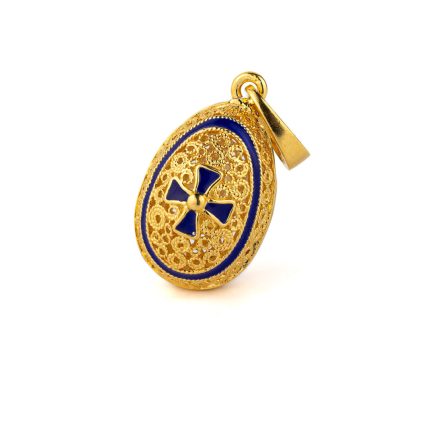
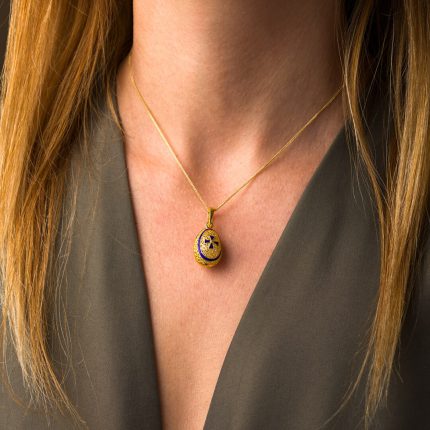
Select options
This product has multiple variants. The options may be chosen on the product page
